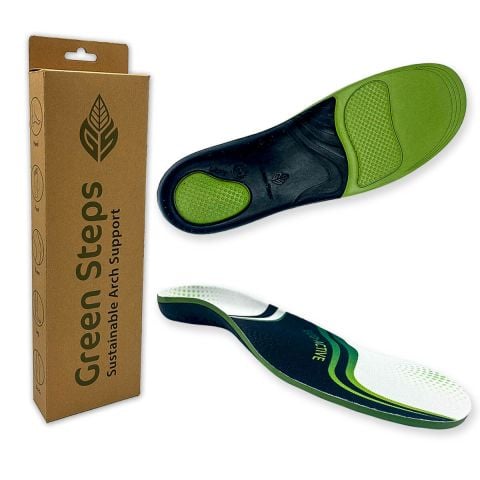What Are Gout Symptoms?
Most common gout symptoms include:
- Severe pain in the joints
- Pain in the ankles, knees, hands, feet or wrists
- Acute pain, redness, inflammation and discomfort in the big toe
- Itchy, inflamed areas of skin
- Fever - some gout sufferers report a high temperature and are feverish
- Reduced flexibility
- Where a joint has been affected stiffness and reduced flexibility are common
- Nodules - small nodules may first appear on the elbows, hands or ears.
The most common complaint of gout is the tingling, throbbing or burning sensation experienced in the big toe. Gout symptoms do tend to change over time, a gout attack can mean the skin around the affected area may begin to peel. As a case progresses, it is common for the range of motion to become impaired.
Gout attacks typically last for about 1 week. They are experienced as bouts or ‘attacks’ as gout symptoms can ebb away and do gradually lessen if the problem is managed. Anti-inflammatory treatments will help soothe the symptoms in standard cases.
What Causes Gout Attacks?
The human body produces Urate (Uric Acid). This is responsible for breaking down purines and is usually passed out in urine. If urate is not passed out or if you produce too much, then crystals can form and build up. It is the build-up of these crystals in the joints that causes the swelling and pain.
Purines can be found naturally in the body, but they are also found in red meat, shellfish and certain types of alcoholic drink (most notably, beer!). A high intake of these products means a higher level of purines and therefore a higher chance of a gout attack.
Being overweight can also lead to a higher chance of developing and experiencing gout symptoms.
Abuse and extensive use of aspirin and other diuretic medicines often used to manage high blood pressure (a common associative issue to diabetes), can also trigger a gout attack.
Whilst gout is commonly referred to as the rich man’s disease because of it’s association with rich foods and a luxurious lifestyle, very low calorie diets can also be the catalyst for an attack of gout. Additionally, fast weight lost can also incur gout symptoms.
What To Do If You Think You Have Gout?
If you think you have gout and have experienced sudden and intense pain in a joint, then consult your GP. If left untreated gout can get worse over time. Your GP may give you a blood test (to check your uric acid levels) or they may do a joint fluid test. This is to check whether urate crystals are present.
The best things to do are to eat a healthy diet and limit alcohol consumption. In the meantime, orthopaedic insoles help to reduce the stress on the feet by providing much-needed support and cushioning.





